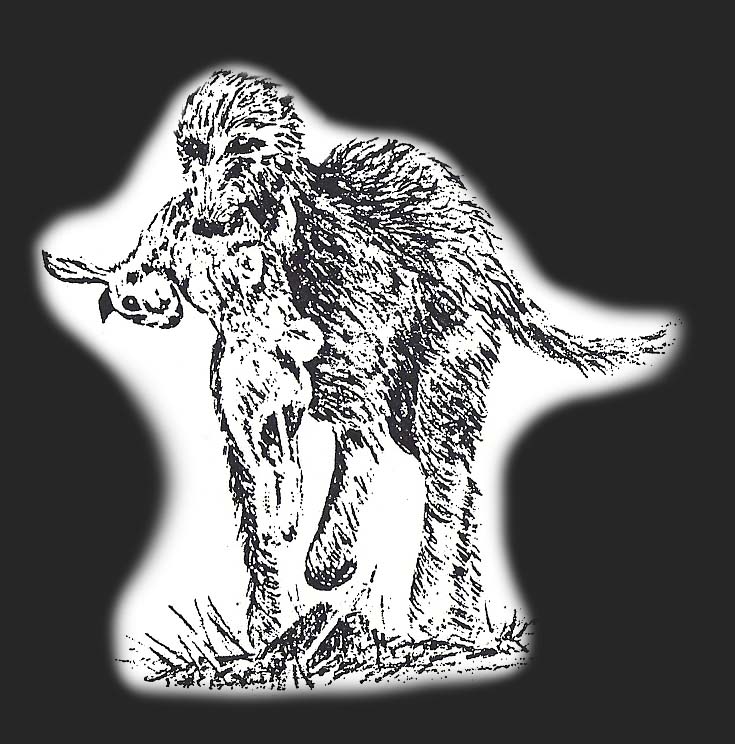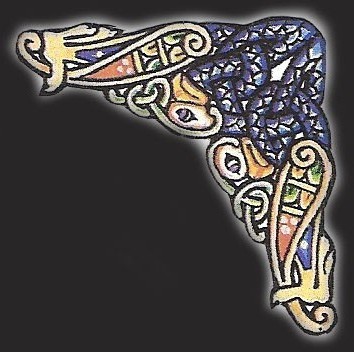 Flora and fauna Law concerning Stray dogs.
Flora and fauna Law concerning Stray dogs.
Flora and Fauna Act: the legal text.
The Flora and Fauna Act contain provisions that deal with the run loose of dogs: article 16. 3. Everyone is obliged to prevent an animal belonging to them or under his control, detecting, killing, injuring, capturing or obtaining the animals in the field. Article 50. 1. To hunt lawful means are: a. Guns B. Dogs, not being long dogs; C. Bred hunting birds, namely peregrine falcons and hawks; D. Registered duck decoys as referred to in article 56; E. Decoys or Lokduiven, if not blind or mutilated; F. Ferrets G. Pouches. 3. It is prohibited to find themselves in the field in pursuit of hunting with other means other than hunting. 4. The person who is in the field with one or more lawful means, referred to in the first paragraph, and other means of hunting, shall be deemed to be in the field for the purpose of hunting, unless the contrary Shows. In these articles, ' the field ' means any terrain that could possibly be suitable for hunting. That is forest, heath, fields, beach, inland waters, in fact every natural terrain that lies outside the built-up area. Flora and Fauna Act: The meaning of article 16 for the dog owner; As article 16 of paragraph 3 refers to an animal belonging to or under his control, the article relates to ' animals kept ', such as the dog. The Flora and Fauna Act thus imposes a so-called ' duty of care ' on dog owners, which means that one must prevent his/her dog from causing damage to the flora and fauna.  Whoever walks in nature with his dog must always ensure that his dog does not go wild. The dog must always be under control. Depending on the dog, this can mean that you can keep the dog better on the leash to prevent him from chasing his nose, or that he must be well obedient and come back immediately when you call. Flora and Fauna Act: the meaning of Article 50 for the dog owner; Article 50 gives an enumeration of the means by which it may be hunted. This list indicates that hunting, subject to certain conditions (such as the possession of a hunting certificate), is allowed with dogs, except when they are ' long dogs '. According to the law, ' long dogs ' are therefore prohibited. What are ' long dogs '? Under the case law (earlier judgments of the judge), ' long dogs ' means a dog that is able to chase the wild and is fast enough to catch a hare without the hare being jaded by the chase. These are traditionally the ' greyhounds ', which fall in principle in Group 10 (Greyhounds) although some of group 5 (spires and Oertypen) are classified as e.g. Podencos and Galgos. Hunting with a greyhound is therefore forbidden. When are you ' chasing '? This law also says: If you are in the field with a (allowed or prohibited) yacht, then a ranger can see this as hunting, and you must prove that you are not hunting because otherwise you are in violation (after all, if you have a licence n Even then not everywhere and always). If you have your dog on the line, then it is a great suspicion that you are not hunting. If you have the dog run loose, then you will play along how well you control the dog and also what type of dog it is. If you have a companion dog that runs quietly with you, it is quickly clear that you are not hunting. With a hunting dog this is already more difficult, but if you are well under control and can call back immediately then you can quickly make it plausible that you are not hunting. However, if you have a greyhound, this is seen as a dog that is very difficult to control if he smells wild and therefore it is more difficult to convince the authorities that you are not hunting when you leash for with a greyhound by ' the field Runs. One concludes that you are hunting with a forbidden hunting agent (the Greyhound) and then you are in violation. In theory You can also be accused of hunting with another type of dog if you let the dog run loose, for example if you do not have the dog clearly under control, the dog deliberately steers behind wildly or urges to follow something. In practice, however, this risk is greater if it concerns a greyhound. Run loose or leashes? The opinion related to run loose in natural area is therefore: in violation? No, this is a losloop area! * Do not let greyhounds leash for on natural terrain/terrain outside the built-up area, because you run the risk of being seen as ' hunting with an unauthorized means of hunting '. * Let your dog, irrespective of the breed, only run loose in such areas if you have the dog well under control, because you are in violation if your dog chases or catches the wild. Municipal APV. The APV, general local regulation, of the municipality is valid within the built-up district. The municipality can include rules on dogs, such as where they are allowed to walk loose and where not. Usually dogs must be on a leash, except for designated Losloop areas. At the municipality is to ask where losloop areas for dogs are. In Losloop areas within the municipality, all dogs can leash for, irrespective of the breed. However, as an owner you must ensure that the dog does not cause any nuisance damage. If, for example, your dog Is aggressive to other dogs or to people, it is obvious that you should not let him or her walk on a losloop site if there are others as well. You should also be aware that the dog is not able to escape from the losloop terrain and then walk around in other places where it is not allowed and, if necessary, hunt for other domestic animals. So it remains important that you have the dog under control, even if it is separate from the line.
Whoever walks in nature with his dog must always ensure that his dog does not go wild. The dog must always be under control. Depending on the dog, this can mean that you can keep the dog better on the leash to prevent him from chasing his nose, or that he must be well obedient and come back immediately when you call. Flora and Fauna Act: the meaning of Article 50 for the dog owner; Article 50 gives an enumeration of the means by which it may be hunted. This list indicates that hunting, subject to certain conditions (such as the possession of a hunting certificate), is allowed with dogs, except when they are ' long dogs '. According to the law, ' long dogs ' are therefore prohibited. What are ' long dogs '? Under the case law (earlier judgments of the judge), ' long dogs ' means a dog that is able to chase the wild and is fast enough to catch a hare without the hare being jaded by the chase. These are traditionally the ' greyhounds ', which fall in principle in Group 10 (Greyhounds) although some of group 5 (spires and Oertypen) are classified as e.g. Podencos and Galgos. Hunting with a greyhound is therefore forbidden. When are you ' chasing '? This law also says: If you are in the field with a (allowed or prohibited) yacht, then a ranger can see this as hunting, and you must prove that you are not hunting because otherwise you are in violation (after all, if you have a licence n Even then not everywhere and always). If you have your dog on the line, then it is a great suspicion that you are not hunting. If you have the dog run loose, then you will play along how well you control the dog and also what type of dog it is. If you have a companion dog that runs quietly with you, it is quickly clear that you are not hunting. With a hunting dog this is already more difficult, but if you are well under control and can call back immediately then you can quickly make it plausible that you are not hunting. However, if you have a greyhound, this is seen as a dog that is very difficult to control if he smells wild and therefore it is more difficult to convince the authorities that you are not hunting when you leash for with a greyhound by ' the field Runs. One concludes that you are hunting with a forbidden hunting agent (the Greyhound) and then you are in violation. In theory You can also be accused of hunting with another type of dog if you let the dog run loose, for example if you do not have the dog clearly under control, the dog deliberately steers behind wildly or urges to follow something. In practice, however, this risk is greater if it concerns a greyhound. Run loose or leashes? The opinion related to run loose in natural area is therefore: in violation? No, this is a losloop area! * Do not let greyhounds leash for on natural terrain/terrain outside the built-up area, because you run the risk of being seen as ' hunting with an unauthorized means of hunting '. * Let your dog, irrespective of the breed, only run loose in such areas if you have the dog well under control, because you are in violation if your dog chases or catches the wild. Municipal APV. The APV, general local regulation, of the municipality is valid within the built-up district. The municipality can include rules on dogs, such as where they are allowed to walk loose and where not. Usually dogs must be on a leash, except for designated Losloop areas. At the municipality is to ask where losloop areas for dogs are. In Losloop areas within the municipality, all dogs can leash for, irrespective of the breed. However, as an owner you must ensure that the dog does not cause any nuisance damage. If, for example, your dog Is aggressive to other dogs or to people, it is obvious that you should not let him or her walk on a losloop site if there are others as well. You should also be aware that the dog is not able to escape from the losloop terrain and then walk around in other places where it is not allowed and, if necessary, hunt for other domestic animals. So it remains important that you have the dog under control, even if it is separate from the line.
